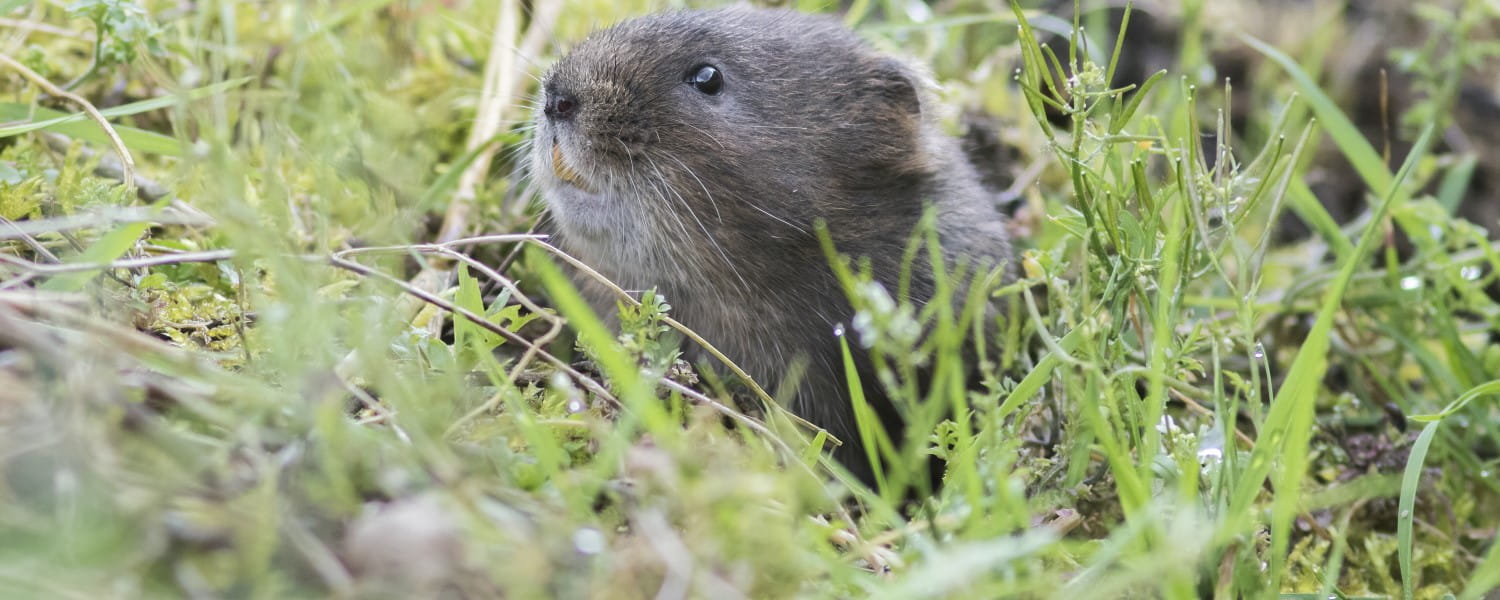

If you've seen a large brown rodent in your garden or swimming in your pond you might be wondering what it is. Wildlife expert David Chapman explains how to tell a water vole from a rat
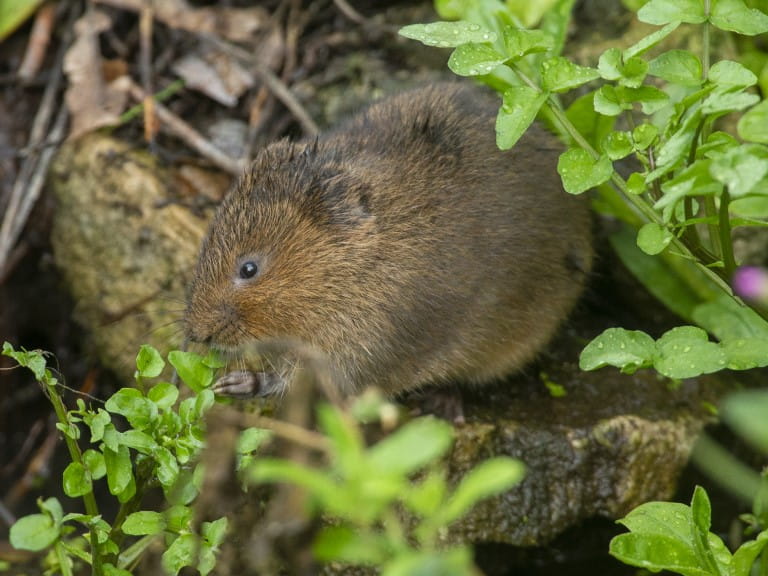
By contrast the brown rat, which can be confused with a water vole in some circumstances, is very common. I don’t believe the old adage that we are never more than six feet from a brown rat but it does drive home the point that they are ubiquitous, in fact they have always had a strong association with people. They benefit from the warmth of our houses and outbuildings and enjoy picking off any waste we leave behind.
Having said all that I would also say this. You can’t identify a creature with any certainty by considering only the habitat in which it is seen or how common the species is perceived to be. We can use these factors to give us a list of likely answers but to be sure we need a good description of the subject, preferably a photograph or two, and if you are aware of the possible options it would be pertinent to try to look for the specific features which help distinguish between them.
The brown rat has a pointed face with obvious ears and large eyes; the water vole has a rounded muzzle and ears which are half hidden in fur.
The brown rat has a long, hairless tail, almost as long as its own body whereas the tail of a water vole is about half its body length and often remains tucked away.
Brown rats have a greyish-brown pelage, or fur, whilst water voles are chestnut in colour.
In overall impression a rat looks long and thin whereas a water vole tends to be more rounded and plump.

Water voles make latrines where they regularly drop faeces, so we find clusters of their droppings whereas brown rats will scatter their droppings irregularly. The individual pellets are also distinctive. Water vole droppings are rounded at both ends, people often say they are the shape of tic-tacs (though I wouldn’t mind betting that they don’t taste the same!). The droppings of brown rats are more irregular in shape and are usually pointed at one end.
Brown rats are omnivores, water voles are herbivores. By examining the grasses and rushes that are eaten by water voles we see that they are cut at an angle of about 45 degrees.
We have other rodents which have some similarities to water voles, most notably the bank vole and field vole but these two species are much smaller and this fact alone should rule them out. But I have seen bank voles swimming so be aware of the possible confusion.
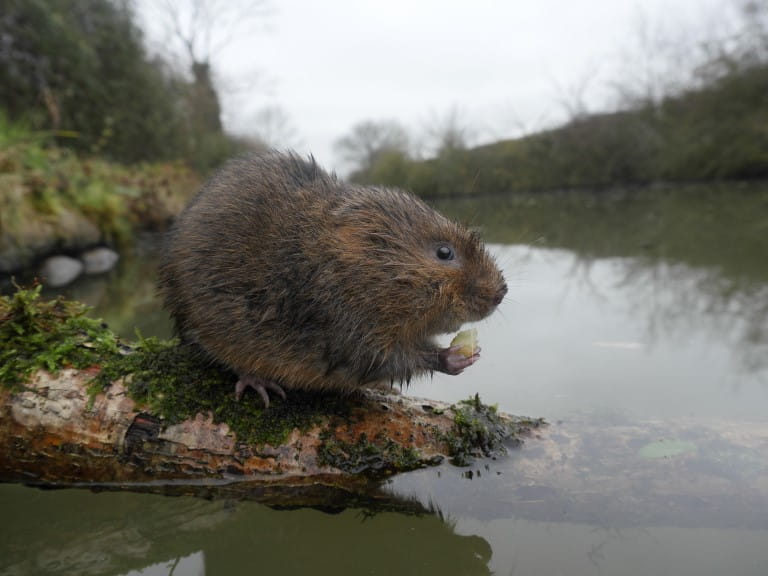
In response to the severe decline of our water voles there have been a lot of reintroductions. Even in Cornwall we now have a small population in the area around Bude, so it is increasingly possible that water voles will be seen in large garden ponds. If you think you have seen one, make a note of all the relevant features and take photos if you can then contact your local Environmental Records Centre. If in doubt, get in touch with your local Wildlife Trust and they will put you in touch.
David Chapman gives talks about wildlife and photography to interested groups.
David Chapman is a photographer and writer specialising in the natural history of Britain. He has won many awards for his photography and writing which can be seen in a range of magazines, calendars and books. He owns a smallholding in Cornwall where he aims to attract wildlife.
View author pageI get around a lot of gardening groups to talk about wildlife and meet a lot of people who ask me to identify creatures they have seen in their own gardens. One question that comes up relatively often is "What is the large brown rodent I have seen swimming in my pond?". Although the question is more often posed as a pre-emptive statement ‘I think we have water voles in our pond’.
There are two possible answers to the question: brown rat or water vole. But how do we know which is which?
Since I give most of my talks in Cornwall the answer is fairly straightforward, though usually quite unwelcome. The fact of the matter is that in Cornwall we lost all our water voles, they became extinct partly through predation by mink and partly through habitat loss, just as they did in many other parts of the UK.
The water vole suffered the greatest decline of any British mammal losing almost 90% of its already dwindled population in a short period between the 1980s and 90s at the same time as the non-native American mink spread across our countryside having been released from fur farms.
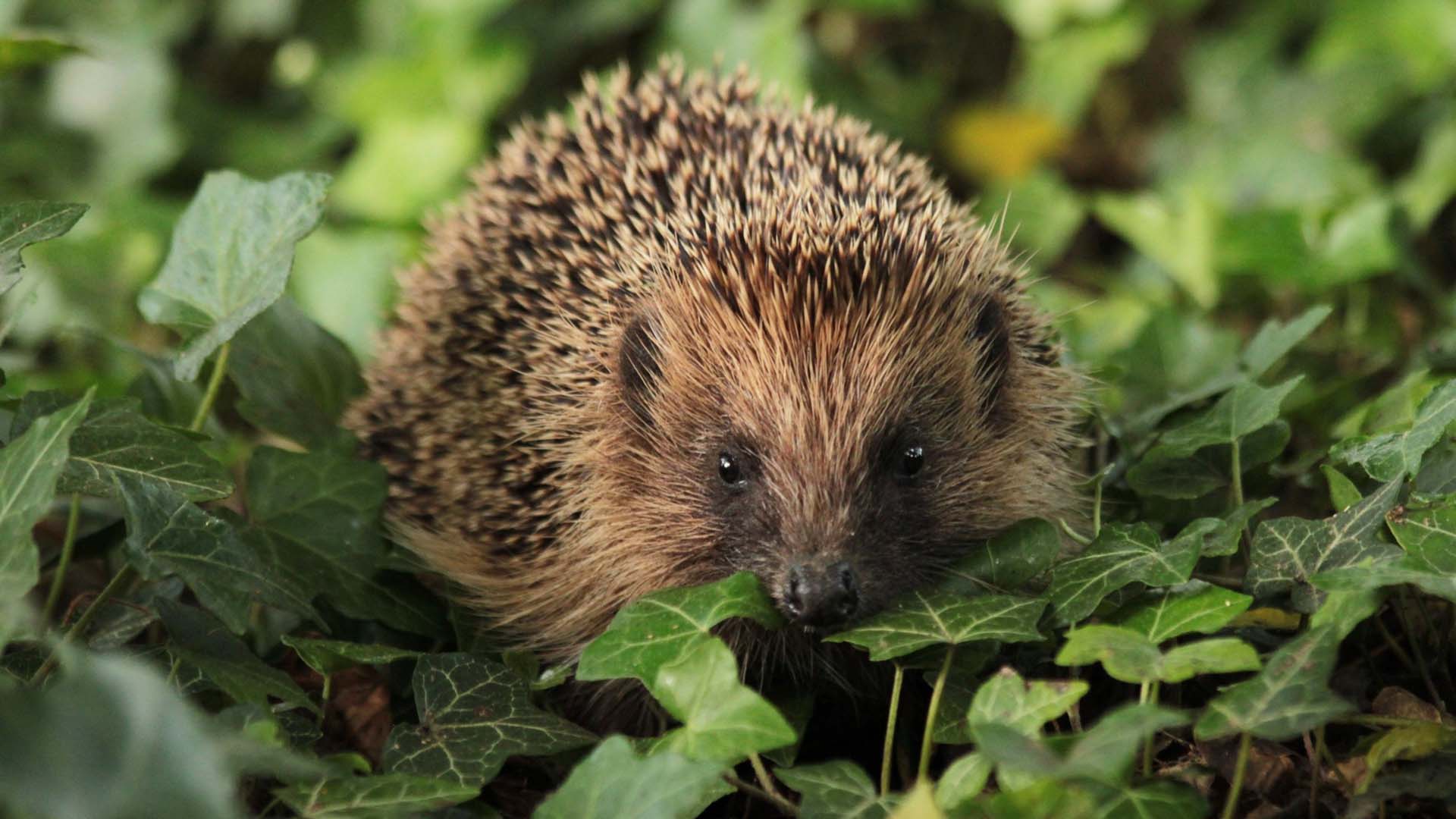
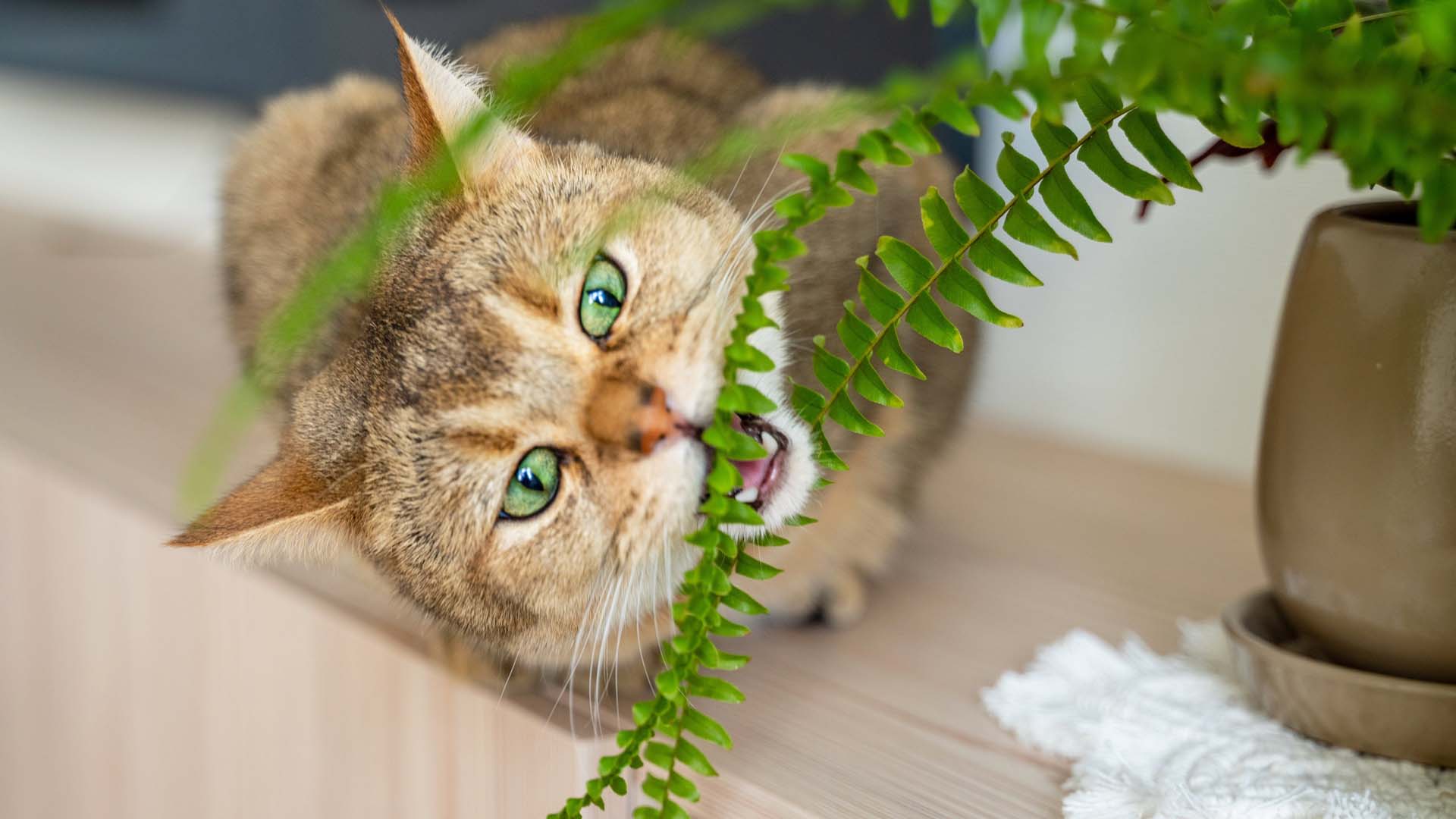
Pots at the ready – these safe houseplants for pets will help your house become tropical, not toxic.
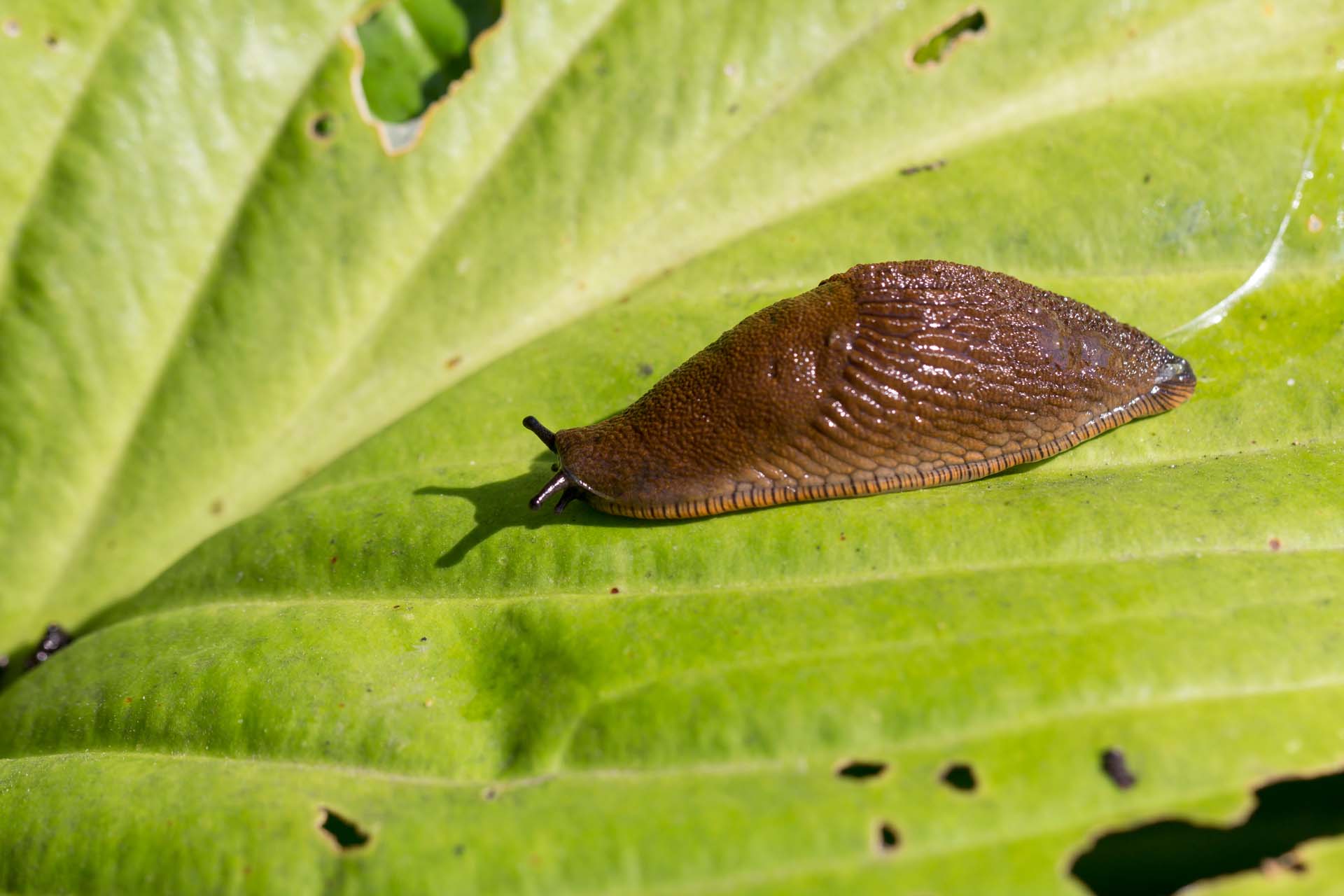

We aren’t the only ones to welcome warmer weather, wasps do too and they could be sharing your home. Find out how to identify a wasp nest and what to do about it
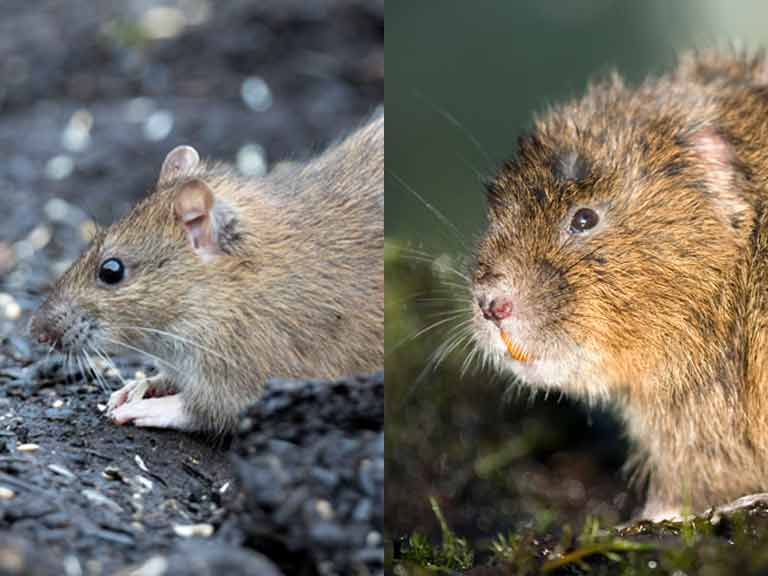
If you've seen a large brown rodent in your garden or swimming in your pond you might be wondering what it is. Wildlife expert David Chapman explains how to tell a water vole from a rat

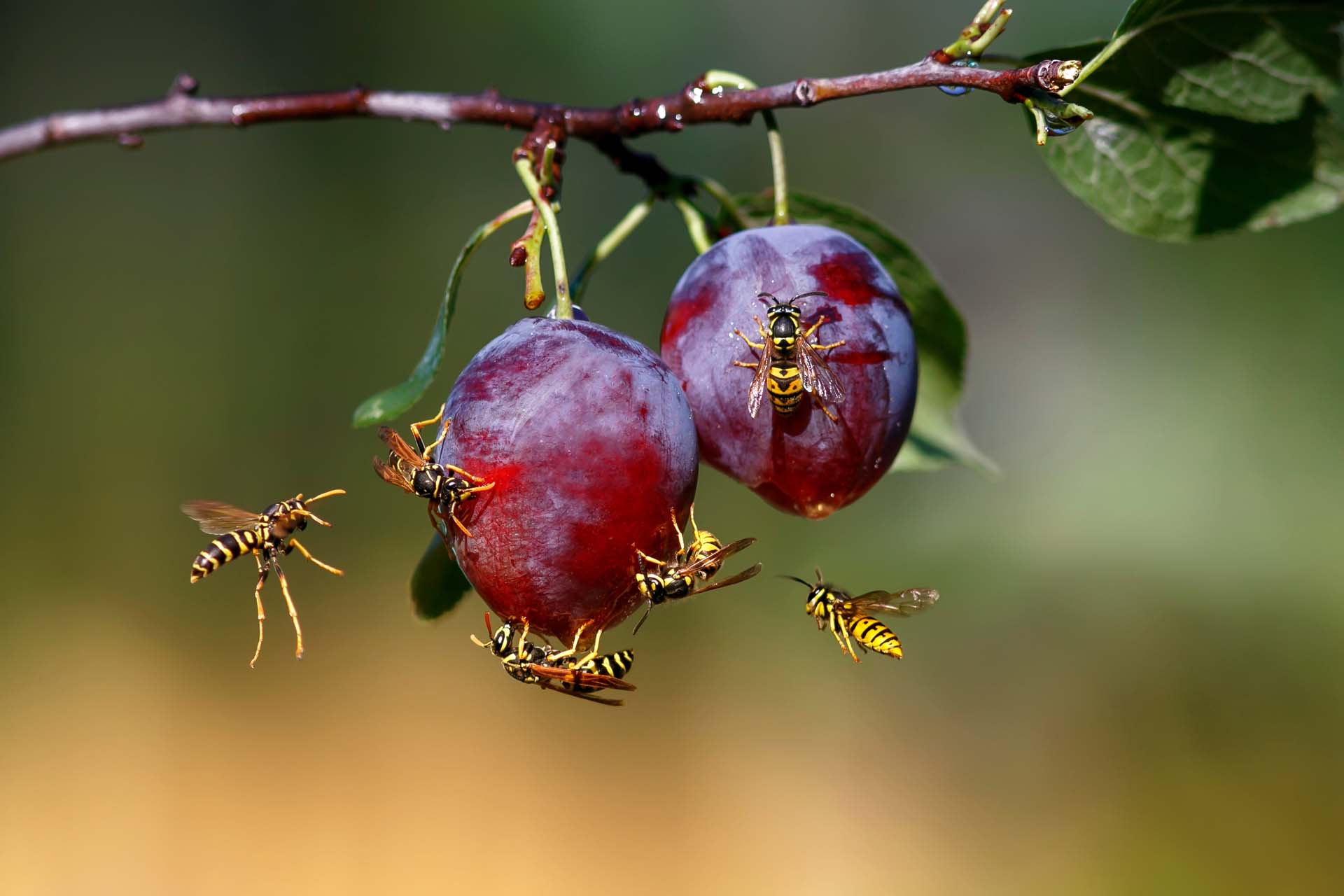
Blighted by buzzing? How to keep wasps out of your garden without harming them so you can enjoy the summer.
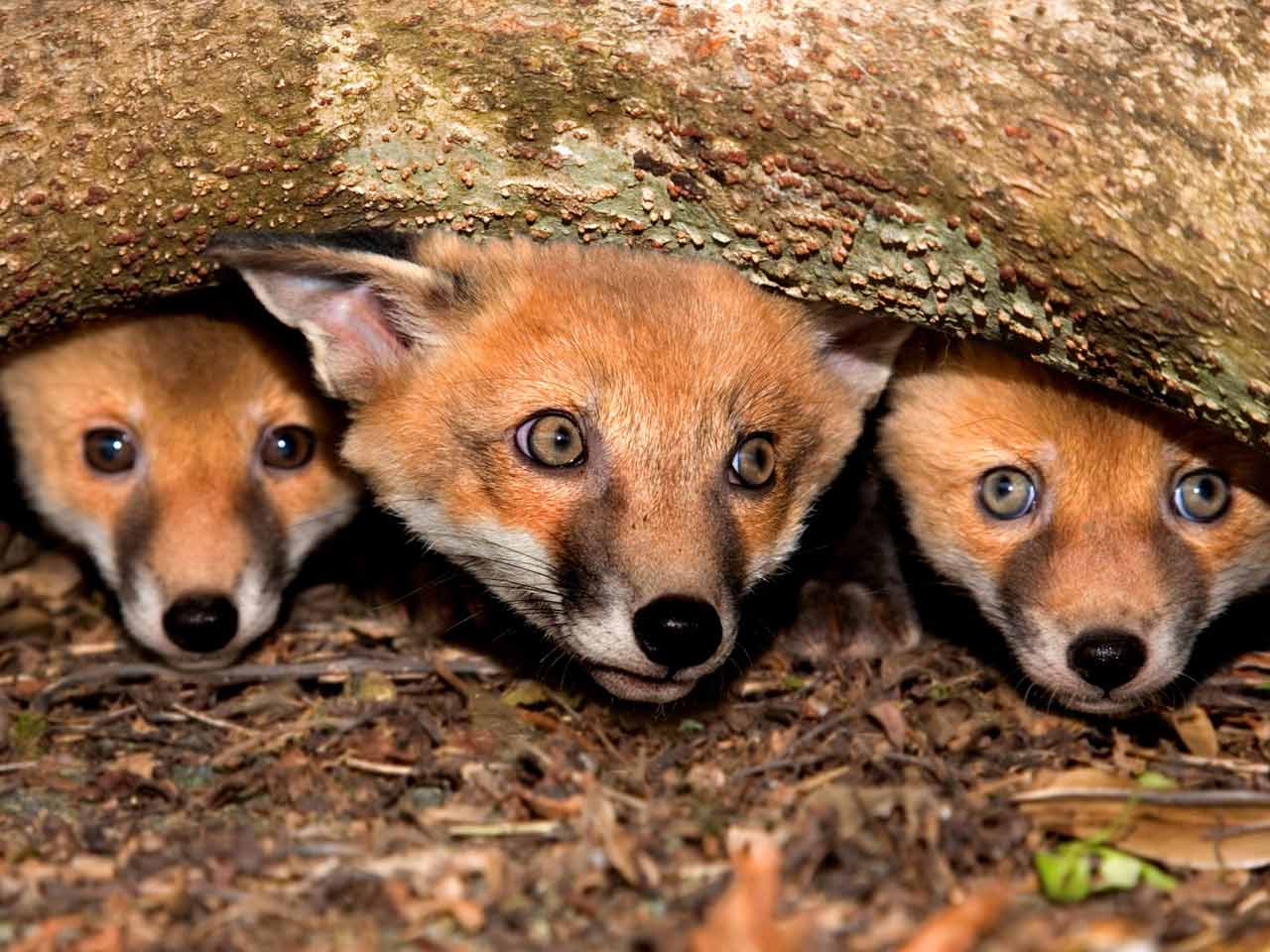
Many of us are living with foxes in our gardens - wildlife expert David Chapman explains what to feed them, how to spot illness and whether you can keep them away.
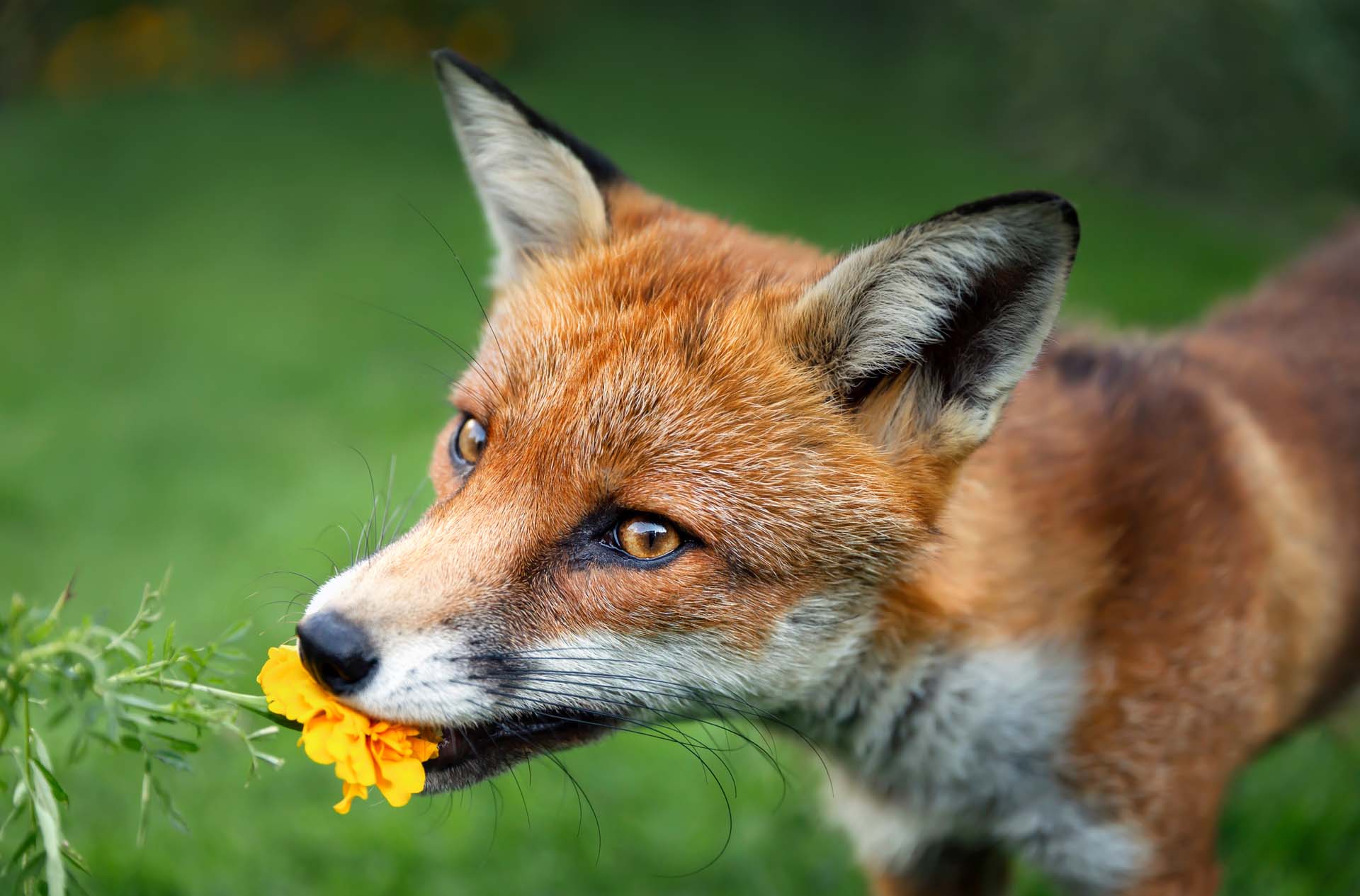
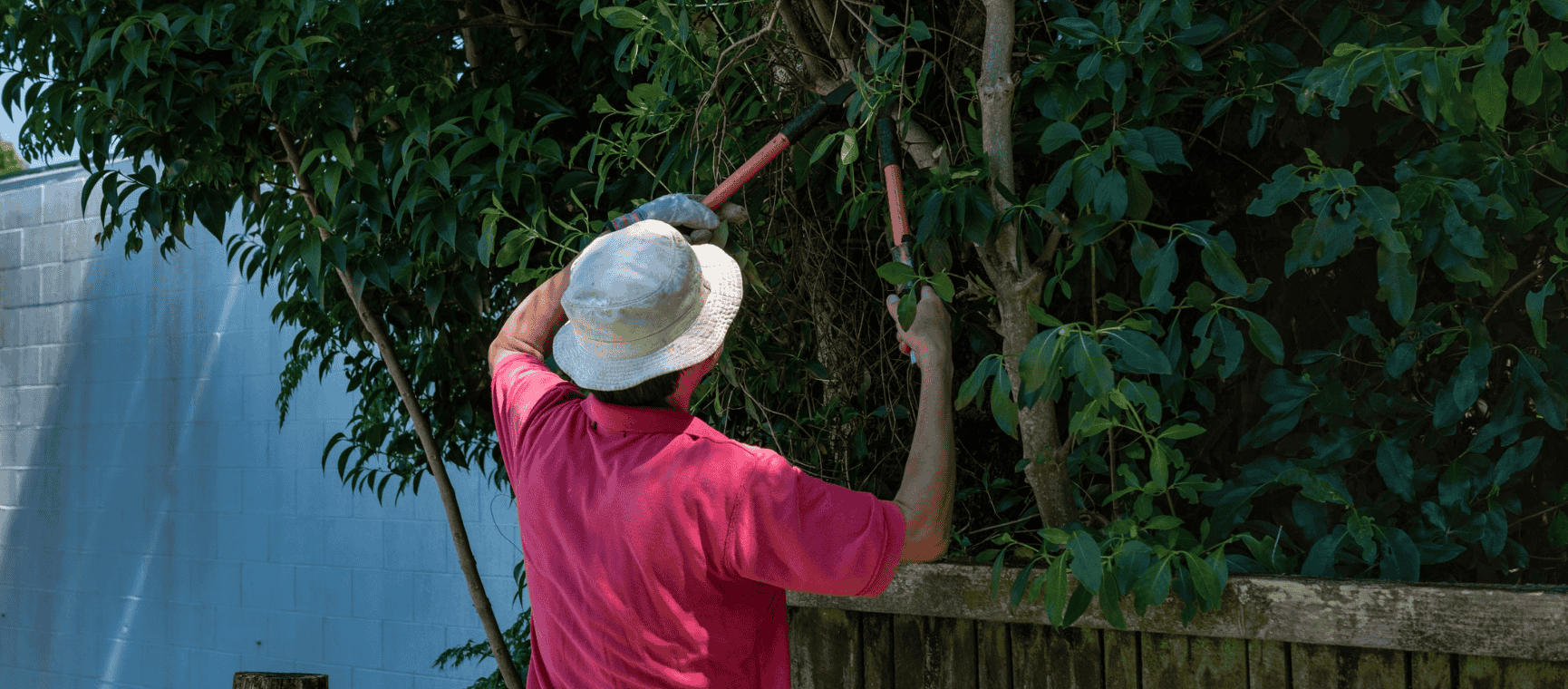
The ways you could be breaking the law in your back garden - with expert advice on how to avoid neighbour disputes, a fine or even a prosecution.